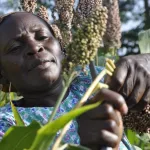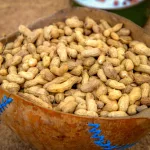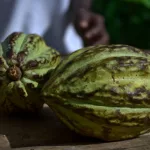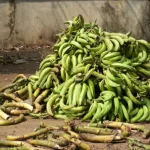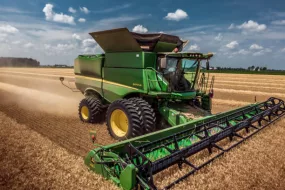Are you a farmer or grower looking to increase your crop yields and enhance your agricultural productivity? You’re in the right place! In this comprehensive guide, we’ll unveil ten proven strategies for crop yield optimization that can help you achieve bountiful harvests year after year. Whether you’re a seasoned farmer or just starting, these techniques are designed to boost your crop yields and improve your agricultural practices.
Read, Also >>>>>> The Practical Role of Agronomy in Agriculture And how it is Boosting Crop Yield For Food Security
1. Soil Health Management:
One of the fundamental factors affecting crop yields is soil health. Conduct regular soil tests to analyze nutrient levels and pH. Based on the results, amend your soil with the necessary nutrients and organic matter. Healthy soil provides a solid foundation for robust plant growth.

2. Crop Rotation:
Crop rotation is a time-tested method for preventing soil depletion and pest infestations. By rotating your crops annually, you can reduce the buildup of specific pathogens and maintain soil fertility, resulting in healthier plants and increased yields.
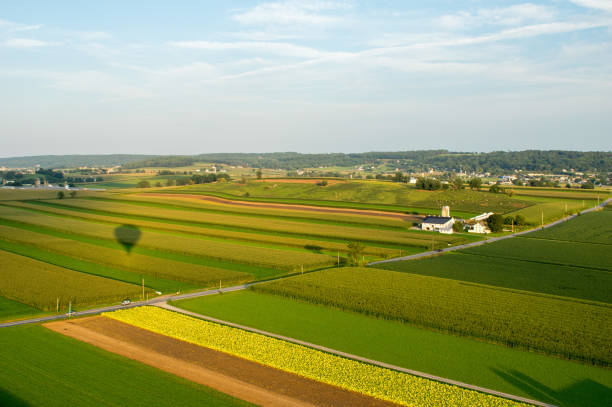
3. Precision Farming Technology:
Embrace modern technology like GPS-guided tractors, drones, and sensor-based irrigation systems. These tools enable precise application of resources, reducing waste and ensuring optimal conditions for your crops.

4. Irrigation Efficiency:
Efficient water management is crucial for crop yield optimization. Implement drip irrigation and other water-efficient systems to ensure that your crops receive the right amount of water when they need it, minimizing water wastage.

5. Pest and Disease Control:
Regular scouting for pests and diseases is essential. Use integrated pest management (IPM) techniques to minimize the use of chemical pesticides. Beneficial insects, companion planting, and organic pest control methods can help protect your crops without harming the environment.
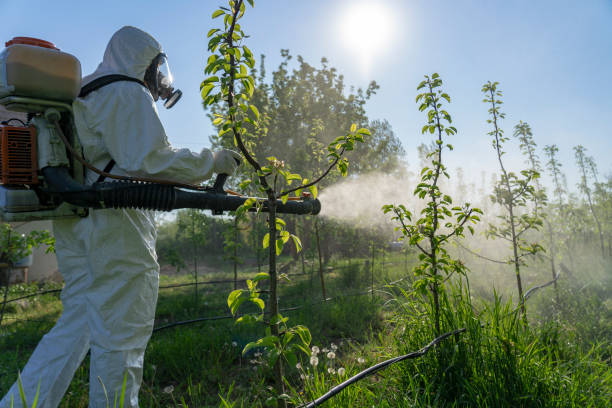
6. Improved Seed Varieties:
Invest in high-quality, disease-resistant seed varieties tailored to your region and climate. These seeds are more likely to thrive, resulting in higher yields and reduced crop loss.
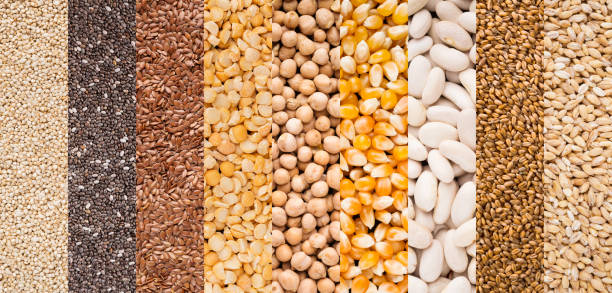
7. Fertilizer Management:
Avoid overusing fertilizers, as this can harm your soil and the environment. Conduct soil tests to determine the specific nutrient needs of your crops and apply fertilizers accordingly. Consider organic alternatives for long-term soil health.

8. Weed Control:
Effective weed management is essential for optimizing crop yields. Use mulch, cover crops, and mechanical or chemical weed control methods to keep weeds at bay and reduce competition for nutrients.
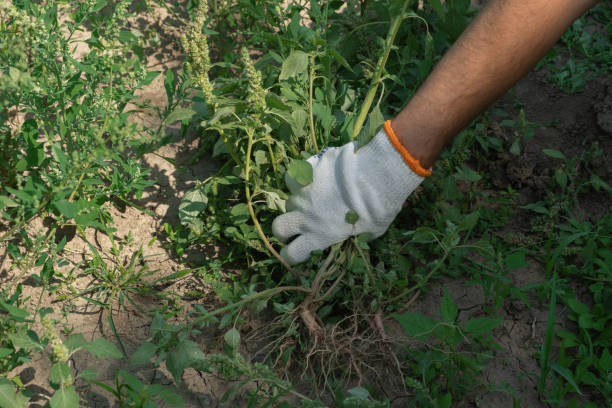
9. Timing and Planting Density:
Planting at the right time and with the correct spacing can significantly impact your crop yields. Consult local agricultural experts or use agricultural apps to determine the best planting dates and spacing for your crops.
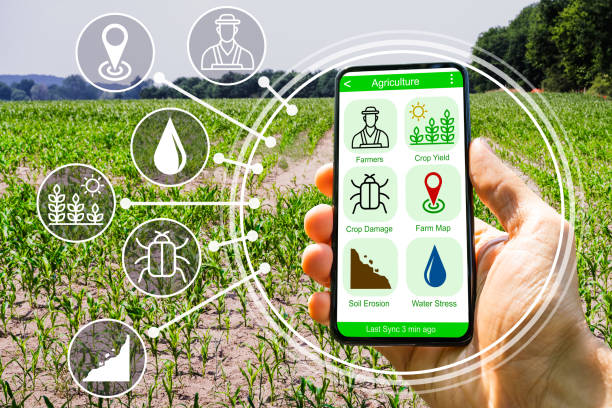
10. Continuous Learning:
Stay updated on the latest agricultural research and practices. Attend workshops, conferences, and webinars, and network with other farmers. Continuous learning can help you stay ahead of the curve in crop yield optimization.
Incorporate these ten strategies into your farming practices, and you’ll be well on your way to optimizing your crop yields and achieving a more productive and sustainable agricultural operation. Remember that every farm is unique, so adapt these strategies to suit your specific needs and conditions.
In conclusion, crop yield optimization is not a one-size-fits-all endeavor. It requires careful planning, adaptation, and the integration of both traditional and modern techniques. By prioritizing soil health, technology, and sustainable practices, you can boost your agricultural productivity and contribute to a more sustainable and prosperous future.
Don’t hesitate to put these strategies into action, and watch your crop yields soar. Happy farming!
Read, Also >>>>>> The Practical Role of Agronomy in Agriculture And how it is Boosting Crop Yield For Food Security



